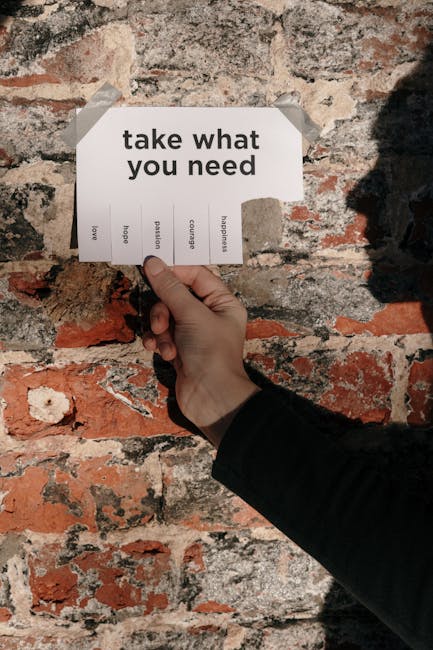
The Basics of Polygraph Examinations: What You Need to Know
Polygraph examinations, commonly known as lie detector tests, have long been a topic of intrigue and controversy. Whether you’re a curious individual, a potential test subject, or a professional in the field of law enforcement or human resources, understanding the basics of polygraph examinations is essential. This comprehensive guide will delve into what polygraph tests entail, their accuracy, and how to prepare for one.
What is a Polygraph Examination?
A polygraph examination is a procedure that measures and records several physiological indicators such as blood pressure, pulse, respiration, and skin conductivity while a person answers a series of questions. The premise is that deceptive answers will produce physiological responses that can be differentiated from those associated with non-deceptive answers.
How Does a Polygraph Work?
The polygraph machine itself consists of several components:
- Pneumographs: These measure the respiratory activity by wrapping around the subject’s chest and abdomen.
- Galvanometers: These measure skin conductivity, detecting changes in sweat gland activity.
- Cardiographs: These measure cardiovascular activity by monitoring blood pressure and heart rate.
During the test, the subject is asked a series of questions while these physiological indicators are continuously recorded. The data is then analyzed to determine whether the subject’s physiological responses indicate deception.
The Accuracy of Polygraph Examinations
The accuracy of polygraph examinations has been a subject of debate among experts. According to the American Polygraph Association, polygraph tests have an accuracy rate of about 87%, but other sources suggest it may be lower. Factors that can affect accuracy include:
- The skill and experience of the examiner
- The quality of the equipment used
- The physical and psychological state of the subject
It’s important to note that while polygraph tests can be a useful tool, they are not infallible and are often used in conjunction with other methods of investigation.
Common Uses of Polygraph Examinations
Polygraph examinations are used in various fields and for different purposes, including:
Law Enforcement
Polygraph tests are often used by law enforcement agencies during criminal investigations to determine the credibility of suspects and witnesses. For example, the FBI and local police departments may use polygraph tests as part of their investigative process.
Employment Screening
Some employers, particularly in high-security fields like government agencies and private security firms, use polygraph examinations as part of their pre-employment screening process. This helps them assess the honesty and integrity of potential employees.
Personal and Relationship Issues
Polygraph tests are sometimes used in personal matters, such as resolving relationship disputes or verifying the truthfulness of individuals in family or marital issues.
What to Expect During a Polygraph Examination
Understanding what to expect during a polygraph examination can help alleviate anxiety and ensure a smoother experience. Here’s a step-by-step breakdown of the typical process:
Pre-Test Interview
Before the actual test begins, the examiner will conduct a pre-test interview. During this phase, the examiner will explain the procedure, discuss the questions to be asked, and address any concerns the subject may have. This helps establish a baseline for the physiological readings.
The Test Itself
During the test, the subject will be asked a series of questions, typically divided into three categories:
- Irrelevant Questions: These are neutral questions used to establish baseline readings (e.g., “Is your name John Doe?”).
- Relevant Questions: These pertain directly to the matter under investigation (e.g., “Did you take the missing money?”).
- Control Questions: These are designed to elicit a physiological response for comparison with relevant questions (e.g., “Have you ever lied to get out of trouble?”).
The examiner will closely monitor the physiological responses and take note of any significant changes.
Post-Test Analysis
After the test, the examiner will analyze the data collected and provide an interpretation of the results. In some cases, a follow-up interview may be conducted to discuss the findings and allow the subject to address any discrepancies.
Tips for Preparing for a Polygraph Examination
If you are scheduled to take a polygraph test, here are some tips to help you prepare:
- Get a Good Night’s Sleep: Being well-rested can help ensure your physiological responses are normal and not influenced by fatigue.
- Stay Hydrated: Drink plenty of water, as dehydration can affect your physiological responses.
- Avoid Stimulants: Refrain from consuming caffeine or other stimulants on the day of the test, as they can increase heart rate and blood pressure.
- Be Honest: The best way to pass a polygraph test is to be truthful. Attempting to deceive the examiner can lead to increased anxiety and physiological responses that indicate deception.
Conclusion
Polygraph examinations can be a valuable tool in various fields, from law enforcement to employment screening. While they are not foolproof, understanding the basics of how they work, their accuracy, and what to expect during a test can help demystify the process. Whether you are taking a polygraph test or simply curious about the topic, being informed is the first step toward navigating this fascinating and complex field.
For more information on polygraph examinations or to find a certified examiner, visit the American Polygraph Association’s website or consult with local law enforcement agencies.
